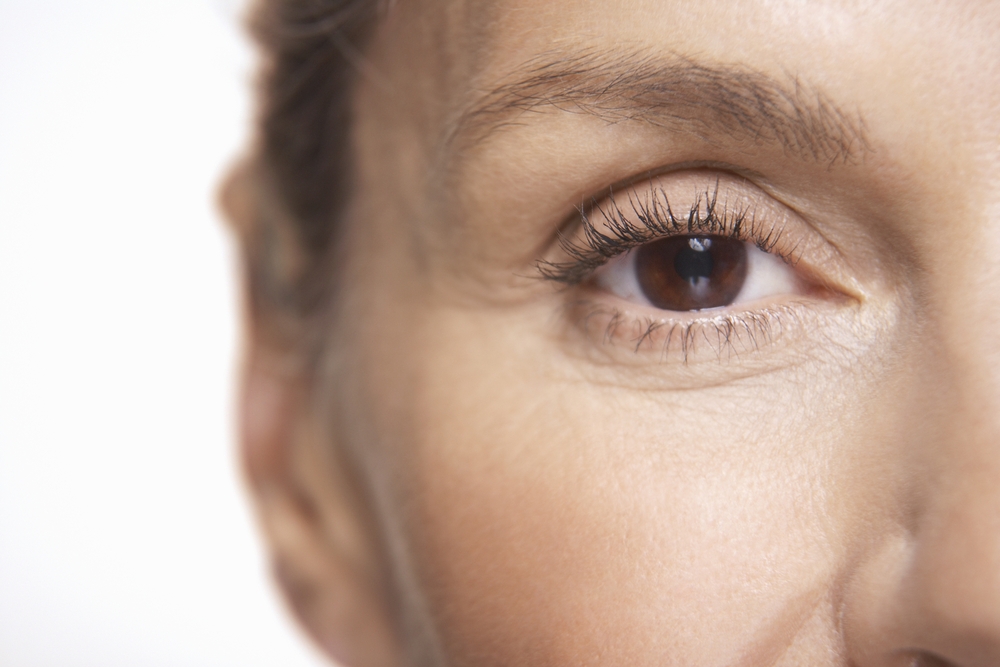What is Presbyopia?

One of the most common side effects of getting older is the loss of near perfect vision. All of a sudden you find yourself having to squint to see certain things, causing stress, eye strain and an overall feeling of annoyance. This decline in close-up vision is caused by a condition known as presbyopia, which can have a direct impact on your daily life. Without adequate vision correction, you can find yourself struggling to read important text on medicine bottles or on receipts.
Presbyopia occurs when the eye’s natural lens hardens, and as a result, the eye is not able to focus light directly on the retina. Aging also affects muscle fibers around the lens, which makes it harder for the eye to focus on objects up close. Therefore, the lens becomes ineffective, which causes light to focus behind the retina, causing poor vision when it comes to objects that are close up. In younger people, the lens of the eye is soft and flexible, which allows the tiny muscles inside the eye to easily reshape the lens to focus on close and distant objects.
Presbyopia starts to occur between the ages of 38 and 45 and is experienced by nearly one hundred percent of individuals by the age of 50. Everyone experiences some loss of focusing power of near objects as they age, but some will notice it much more than others.
Signs and symptoms of presbyopia include:
- Eye strain
- Recurring headaches
- Problems seeing objects that are close up
- Difficulty reading small print
- Needing to hold reading material farther than an arm’s length away
If you experience any of these symptoms you should make it a point to schedule a comprehensive dilated eye exam. If you currently wear glasses or contact lenses and still have these issues, a new prescription might be necessary. Again, this is another great reason to schedule an appointment for an eye exam. Your eye exam will also include a check for other age-related eye conditions such as glaucoma, macular degeneration, cataracts, and diabetic retinopathy.
